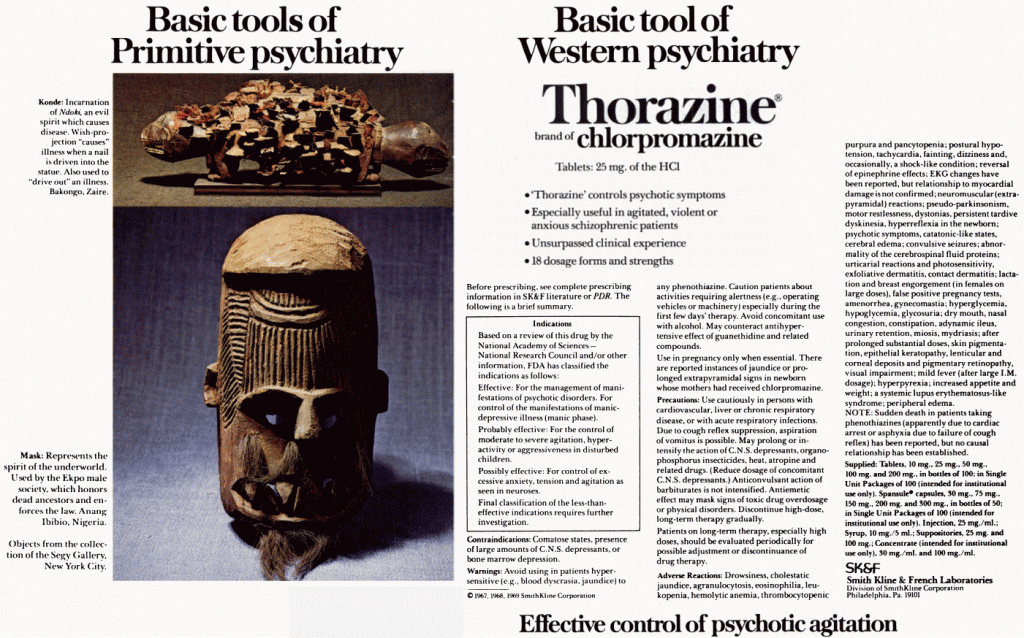Crusaders against male circumcision (intactivists) face the same sorts of challenges as activists on a wide range of other causes. They want parents to choose not to circumcise their sons AND they want the government to prohibit circumcision — and punish adults involved in circumcisions.
[This really is a recurrent movement story: Think about animal rights activists who want to promote vegetarianism as a personal choice — as well as legal restrictions on the use of animals; think about anti-abortion activists who wish to promote adoption — as a personal choice — while simultaneously limiting legal access to abortion.]
It looks like the intactivists are making progress on the first front, individual choice — or at least riding some sort of wave of history: the percentage of newborn boys circumcised in the US has declined substantially in the last few years. All the physicians I’ve seen quoted in the run of news accounts have emphasized parents’ choice. With parents making different choices, boys and men are far less likely to face social stigma or discrimination on the basis of foreskin status.
Promoting non-circumcision means making that choice attractive — and making a very widely accepted choice — problematic. Here, rhetoric matters, and strategic choices about images and language are consequential in mobilizing support — and provoking opponents.
Jena Troutman, the Santa Monica activist who abandoned her referendum campaign, pushes non-circumcision as healthy, natural, and attractive. Her website, WholeBabyRevolution, is chock full of pictures of happy baby boys–diaperclad.
Matthew Hess, the author of the Foreskin Man comic, projects more alarm — and more vitriol. He, literally, demonizes those who perform circumcisions, thus far, a doctor and a mohel. Here you see his hero battling a physician who takes sadistic pleasure in performing a procedure that is, by all other accounts, quick and routine. The rhetoric is provocative and polarizing — hardly peculiar for social movement activists — but maybe not the smartest strategy.
Most of us are not inclined to see physicians treating children as monsters who derive pleasure from a baby’s pain. We might distrust someone who offered a portrayal at odds with our own understanding of the situation. The portrayal of the mohel — understandably — spurred a debate about anti-Semitic imagery. (But Hess is clear that he has nothing against Jews or Muslims — only those who circumcise. Arrgh.) Identifying and demonizing an enemy is likely to inspire — and mobilize — those who already agree with you. It’s likely to be off-putting to others, and may well provoke your opposition.
I’m ill-inclined to offer psychological explanations for why someone believes what he does. That said, Hess’s description of his analysis and his commitments is likely to stir pause among would-be supporters. San Diego’s City Beat reports, quoting Hess:
I was in my late 20s when I just started to notice a slow decline in sensation… Year after year, it started to get a worse and worse after sex. I went to a urologist, and he didn’t have much of an answer. It struck me that my circumcision could have something to do with this. I researched online and quickly found a lot of information about what’s lost. That made me pretty angry.
City Beat reports that Hess has been engaged in therapies to restore sensation — and, for nearly a decade, working on legislation to ban circumcision.
The extraordinarily committed are at the heart of any social movement, and opponents will look to counter a movement by disparaging its champions. Successful movements are always comprised of coalitions, and the recurrent question is how rhetoric, tactics, and personnel aid or hinder in recruiting allies. The controversy over Foreskin Man led Jena Troutman to put her referendum campaign on the back burner, suggesting that Matthew Hess brings energy, commitment, and liabilities to his cause.
—————————
David Meyer is a political science professor at the University of California, Irvine. At his blog, Politics Outdoors, he tries to understand when social movements emerge, how they develop and decline, and how they sometimes matter. You can also follow Meyer at OrgTheory.
If you would like to write a post for Sociological Images, please see our Guidelines for Guest Bloggers.











